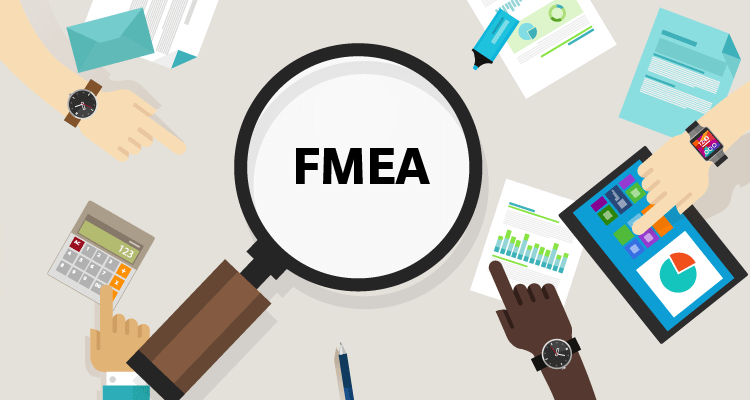To proactively manage risk, you have to be able to anticipate where issues may occur—and Failure Mode and Effects Analysis could be just the ticket.
While the name may sound intimidating, FMEA is simply a process for identifying issues in advance so you can fix them before they turn into real problems – e.g., expensive claims. It’s a little like having a crystal ball to see into the future. Here are four facts you should know about FMEA:
- Forward-looking. While many risk management activities are focused on reviewing past events, such as claims incurred over the past year, FMEA focuses on identifying weak spots in advance to help you avoid trouble in the first place.
- Structured. FMEA is a systematic, step-by-step way to pinpoint where and how a process might fail and assess the relative impact of that failure. You can apply FMEA to any high-risk process, event, or category of claims to identify weak spots and proactively intervene. While it uses similar tactics as Root Cause Analysis (which identifies the source of a problem that already occurred) FMEA goes to the next level by identifying the source of a problem that could happen in the future.
- Universally useful. Originally developed in the 1950s by engineers in the military, FMEA has been embraced by numerous industries – including manufacturing, space and aeronautics, and more recently, service – to reduce risk, injury to people, and total cost of risk. In fact, the Joint Commission on the Accreditation of Healthcare Organizations (JCAHO) now requires hospitals to use an FMEA to elevate patient safety in high-risk processes.
- Collaborative. FMEA is a collaborative team exercise that leverages the expertise of process owners and users to highlight weakness in existing high-risk processes or in a new process prior to implementation. An FMEA also is an excellent tool to prioritize improvement efforts and focus on the areas that offer the greatest return.
Performed correctly, an FMEA can improve safety, avoid expensive claims, enhance the reliability of processes and products, and boost customer satisfaction. What could FMEA do for your organization?
To learn more about FMEA, including how to conduct an FMEA in your organization, download our free e-book, Stop Trouble in Its Tracks: How to Proactively Manage Risk with Failure Modes and Effects Analysis.





